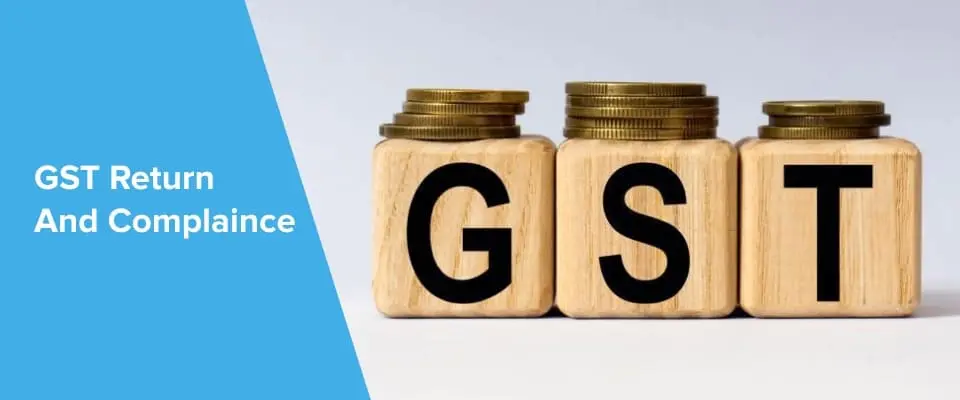
GST return is an official document that furnishes all the purchases, sales, tax paid on purchases, and tax collected on sales-related details. The GST returns is required to be filed, following which the taxpayer has to pay off the tax liability.
A GST return is a document containing details of all income/sales and/or expenses/purchases that a GST-registered taxpayer (every GSTIN) is required to file with the tax administrative authorities. This is used by tax authorities to calculate net tax liability.
Under GST, a registered dealer has to file GST returns that broadly include:
To file GST returns or for GST filings, check out the Clear GST software that allows the import of data from various ERP systems such as Tally, Busy, custom Excel, to name a few. There is also the option to use the desktop app for Tally users to directly upload data and file.
Who should file GST Returns?
Under the GST regime, regular businesses having more than Rs.5 crore as annual aggregate turnover (and taxpayers who have not opted for the QRMP scheme) have to file two monthly returns and one annual return. This amounts to 25 returns each year.
Taxpayers with a turnover of up to Rs.5 crore have the option to file returns under the QRMP scheme. The number of GSTR filings for QRMP filers is 9 each year, which include 4 GSTR-1 and GSTR-3B returns each and an annual return. Note that QRMP filers have to pay tax on a monthly basis even though they are filing returns quarterly.
There are also separate statements/returns required to be filed in special cases such as composition dealers where the number of GSTR filings is 5 each year (4 statement-cum-challans in CMP-08 and 1 annual return GSTR-4).
How many returns are there under GST?
There are 13 returns under GST. They are the GSTR-1, GSTR-3B, GSTR-4, GSTR-5, GSTR-5A, GSTR-6, GSTR-7, GSTR-8, GSTR-9, GSTR-10, GSTR-11, CMP-08, and ITC-04. However, all returns do not apply to all taxpayers. Taxpayers file returns based on the type of taxpayer/type of registration obtained.
Eligible taxpayers, i.e. with a turnover exceeding Rs.5 crore are also required to also file a self-certified reconciliation statement in Form GSTR-9C.
Besides the GST returns that are required to be filed, there are statements of input tax credit available to taxpayers, namely GSTR-2A (dynamic) and GSTR-2B (static). There is also an Invoice Furnishing Facility (IFF) available to small taxpayers who are registered under the QRMP scheme to furnish their Business to Business (B2B) sales for the first two months of the quarter. These small taxpayers will still need to pay taxes on a monthly basis using Form PMT-06.
We have explained the various GST returns, along with applicability and due dates in the section below.






